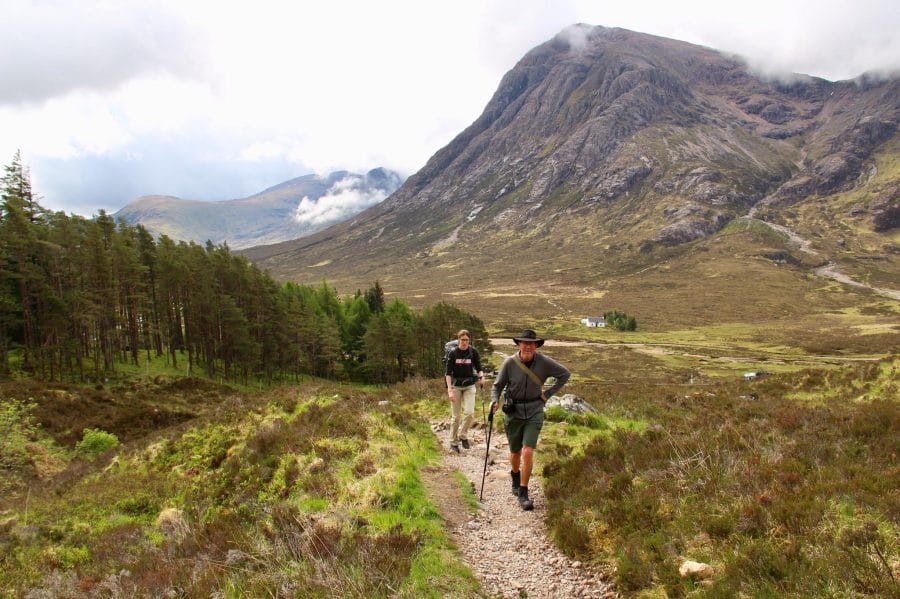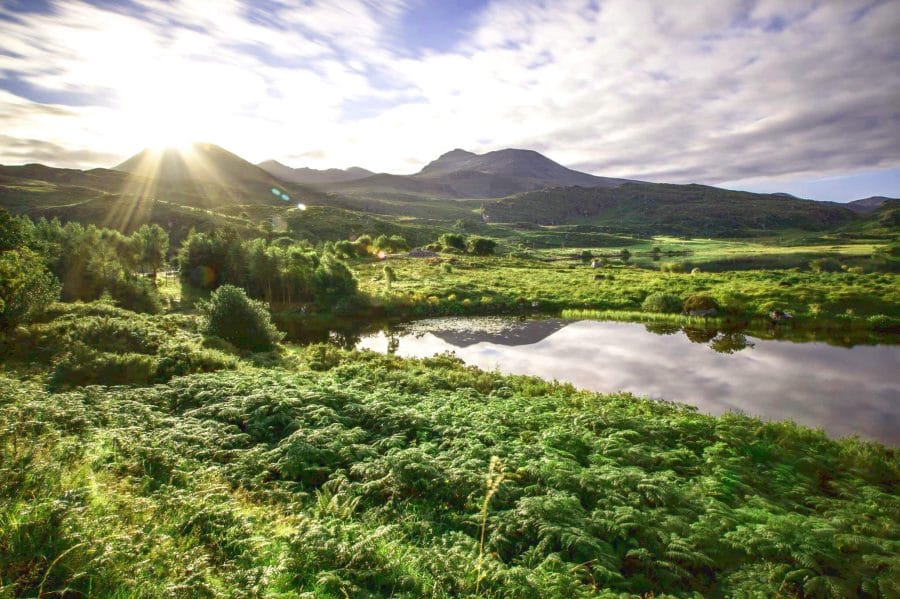Are you going for a hike and want to take a hiking survival kit to be able to deal with any eventuality? We cannot always predict what will happen on a hike so it is a good idea to be well equipped in case you face an emergency. In this post, we list the essential items to put in your bag!
Also read our post: What to do if you get lost on a hike?

1. Knife
The knife can be used to prune branches, to build a survival shelter, to defend yourself or to hunt.
So it goes without saying that bringing one with you on a hike is a good idea, but also make sure to take a good knife that is sharp (and not grandpa’s old rusty penknife).
The knife should be light and very compact. The blade should preferably be serrated and made of stainless steel.
2. Water Purifying Tablets
It is always useful to take a few water purifying tablets in your survival kit.
If you were to run out of drinking water, these tablets could save your life!
Be careful, these tablets will not change dirty water into clear water… but they will allow you to drink water from a source or a lake in complete safety.

3. Firestone
Handy if you need to start a fire in the wild.
The flint works at any temperature, altitude and even when wet.
It also produces a brilliant spark which can be used as an emergency signal if needed.
4. Rope
The rope will help you deal with all kinds of situations. Whether to fish, crafts, repair equipment or clothing, fasten wood, cross a river, build a scale or create a knotted rope.

Also read our guide: How To Treat Hiking Injuries: A Hillwalk Guide
5. Distress Whistle
The distress whistle can be used to alert emergency services without spending all of your energy The sound of the whistle can also be heard much further (for hundreds of meters around) than your voice.
Choose a metal whistle, without a ball, usable in all conditions.
The use of a distress whistle while hiking meets international standard codes. If you are in distress, you will have to whistle 6 times in a row. Take a minute’s break and start over.
6. Survival Blanket
The survival blanket is very useful if you spend the night outside and to avoid hypothermia if it is cold. It helps to keep the body temperature at 37 degrees, and protects against wind and humidity.
The survival blanket does not take up much space and is a must-have in the hiking survival kit.
Please note, however, that the survival blanket must not be used in the event of a thunderstorm or near incandescent materials.

7. Flashlight
Finally, the last tool to take with you: a flashlight.
If possible choose one that is solid, waterproof and with a relatively good battery (20 hours and more).


